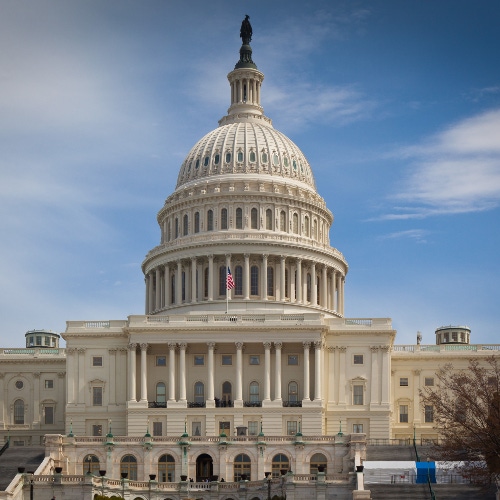
Last year, mobile network operators collectively spent roughly $81 billion in an FCC auction for C-band midband spectrum licenses for 5G. AT&T and Verizon then each spent billions of additional dollars to get some of those licenses early, raising the total amount of money spent on the C-band auction to $95 billion.
Then, just one year later, the same operators shelled out an additional $22 billion in another FCC auction for midband 5G spectrum licenses between 3.45GHz and 3.55GHz. (Light Reading has dubbed this auction the "Andromeda auction" because it sounds cool.)
Thus, in the past 12 months or so AT&T, Verizon, T-Mobile and others collectively have agreed to spend a total of around $117 billion on midband spectrum licenses for 5G. That does not include the additional billions they are forking out for radios, cell towers and other equipment necessary to put the spectrum licenses into action.
And still, after all that spending, a lobbyist for the US wireless industry testified before Congress Wednesday that it's not enough.
Figure 1:  The US Capitol at the end of the National Mall in Washington, DC.
The US Capitol at the end of the National Mall in Washington, DC.
(Source: Inge Johnsson/Alamy Stock Photo)
"For 5G, it's all about midband," said Scott Bergmann of the CTIA trade association during a hearing by the House Energy Subcommittee on Communications and Technology titled "5G and Beyond: Exploring the Next Wireless Frontier."
Bergmann said leading nations around the world have made an average of 650MHz of midband spectrum available for their own 5G network operators. The US, meantime, has only released 270MHz of midband spectrum so far (though that will rise to 450MHz at the end of 2023 when the remainder of the C-band is freed up). Still, he said, other countries will have around 1.5 times the amount of midband spectrum for 5G as the US.
"To keep up pace with demand for new fixed and mobile 5G use cases and services, the US needs to free up additional spectrum, especially licensed midband spectrum," Bergmann wrote in his testimony. He argued that midband spectrum is ideal for 5G because it provides speedy connections across wide geographic areas.
Bergmann's comments are particularly noteworthy considering a recent Wall Street Journal article warning that "the uneven growth of wireless-service revenue in many countries has raised fears that those expensive [5G] upgrades might not meaningfully lift network operators' profits."
Nonetheless, in his testimony Bergmann outlined the other spectrum bands CTIA believes the US government should release for 5G:
3.1GHz-3.45GHz
7.125GHz-8.4 GHz
The upper 4GHz band
1.3GHz-1.35GHz
1.124GHz-1.164GHz
1.78GHz-1.83GHz
He also argued for the release of licenses in higher bands including 26GHz, 42GHz and 50GHz.
It's unclear whether Verizon, AT&T, T-Mobile and Dish Network will have the financial wherewithal to bid heavily in future spectrum auctions as they have in the past.
Nonetheless, there's ongoing debate among US legislators and regulators over what to do with current and future spectrum auction revenues. For example, FCC Chairwoman Jessica Rosenworcel recently proposed that Congress use some spectrum auction revenues to support a nationwide upgrade of 911 services. Shortly after she issued that proposal, a coalition of public-interest groups announced an "Airwaves for Equity" initiative to "designate a substantial portion of future auction revenues to make sustainable investments, year after year, in digital literacy training, apps, devices and efforts to close the K-12 Homework Gap."
Broadly, the US wireless industry has long argued for the release of additional licensed spectrum for mobile network operators. Further, a wide range of legislators, company executives and others have begun warning that the FCC today doesn't have any firm plans to release substantial amounts of spectrum for 5G and other technologies, despite massive increases in mobile network traffic.
Related posts:
— Mike Dano, Editorial Director, 5G & Mobile Strategies, Light Reading | @mikeddano
About the Author(s)
You May Also Like












